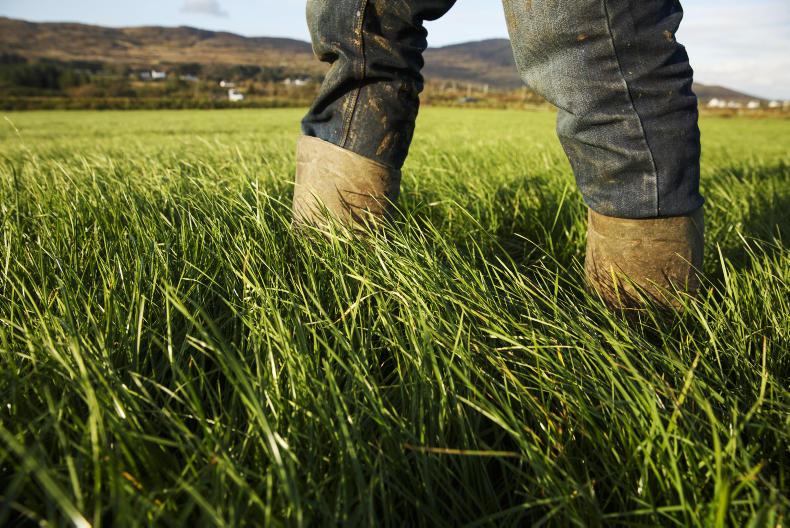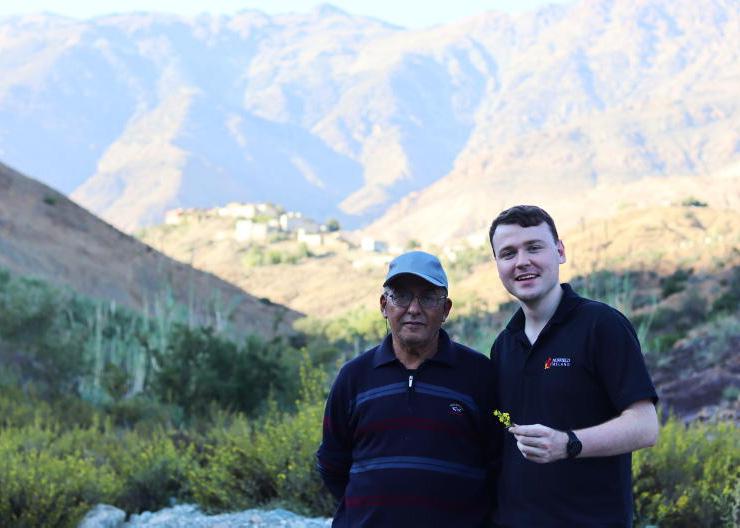Dr Dillon was speaking on Tuesday at the Teagasc National Dairy conference in Cork, where he outlined his views on where Ireland’s dairy industry is heading.
He said that change within Irish dairy farming is changing the way farms are structured:
“In 2000, just 4% of Ireland’s milk output was produced on farms that supplied more than 450,000 litres of milk, whereas in 2014, over 35% of the milk was produced on farms supplying more than 450,000 litres of milk. This trend is set to continue, creating opportunities for farm assistants, farm managers and collaborative arrangements between farmers.” Dillon said.
A farm producing 450,000 litres of milk is roughly equivalent to a 90-cow farm.
“To achieve this, farms must be enjoyable places to work, we must train more young people in the skills of profitable farming, and dairy farmers must improve their skills to manage people better,” he said.
Competitiveness of Irish dairy farming
Speaking about the competitiveness of Irish dairy farming, he presented data which showed that in comparison to Ireland’s main competitors on the world dairy market, larger Irish farms (130 cows) have the lowest cash costs as a percentage of milk output than any other country, whereas the average Irish farm (70 cows) was comparable with the lowest cost competitors.
However, he did say that while margins have been depressed on Irish farms over the past 24 months, the situation could have been worse were it not for favourable weather conditions and exchange rates.
Also at the conference was Pete Morgan, dairy farmer from Waikato in New Zealand. Pete stressed the importance of managing pasture through measurement and keeping a robust and resilient system, even in times of high milk price.
The conference continues in Mullingar on Wednesday.
Read more
Sharp drop in value and volume of dairy exports to the UK
Dr Dillon was speaking on Tuesday at the Teagasc National Dairy conference in Cork, where he outlined his views on where Ireland’s dairy industry is heading.
He said that change within Irish dairy farming is changing the way farms are structured:
“In 2000, just 4% of Ireland’s milk output was produced on farms that supplied more than 450,000 litres of milk, whereas in 2014, over 35% of the milk was produced on farms supplying more than 450,000 litres of milk. This trend is set to continue, creating opportunities for farm assistants, farm managers and collaborative arrangements between farmers.” Dillon said.
A farm producing 450,000 litres of milk is roughly equivalent to a 90-cow farm.
“To achieve this, farms must be enjoyable places to work, we must train more young people in the skills of profitable farming, and dairy farmers must improve their skills to manage people better,” he said.
Competitiveness of Irish dairy farming
Speaking about the competitiveness of Irish dairy farming, he presented data which showed that in comparison to Ireland’s main competitors on the world dairy market, larger Irish farms (130 cows) have the lowest cash costs as a percentage of milk output than any other country, whereas the average Irish farm (70 cows) was comparable with the lowest cost competitors.
However, he did say that while margins have been depressed on Irish farms over the past 24 months, the situation could have been worse were it not for favourable weather conditions and exchange rates.
Also at the conference was Pete Morgan, dairy farmer from Waikato in New Zealand. Pete stressed the importance of managing pasture through measurement and keeping a robust and resilient system, even in times of high milk price.
The conference continues in Mullingar on Wednesday.
Read more
Sharp drop in value and volume of dairy exports to the UK









SHARING OPTIONS